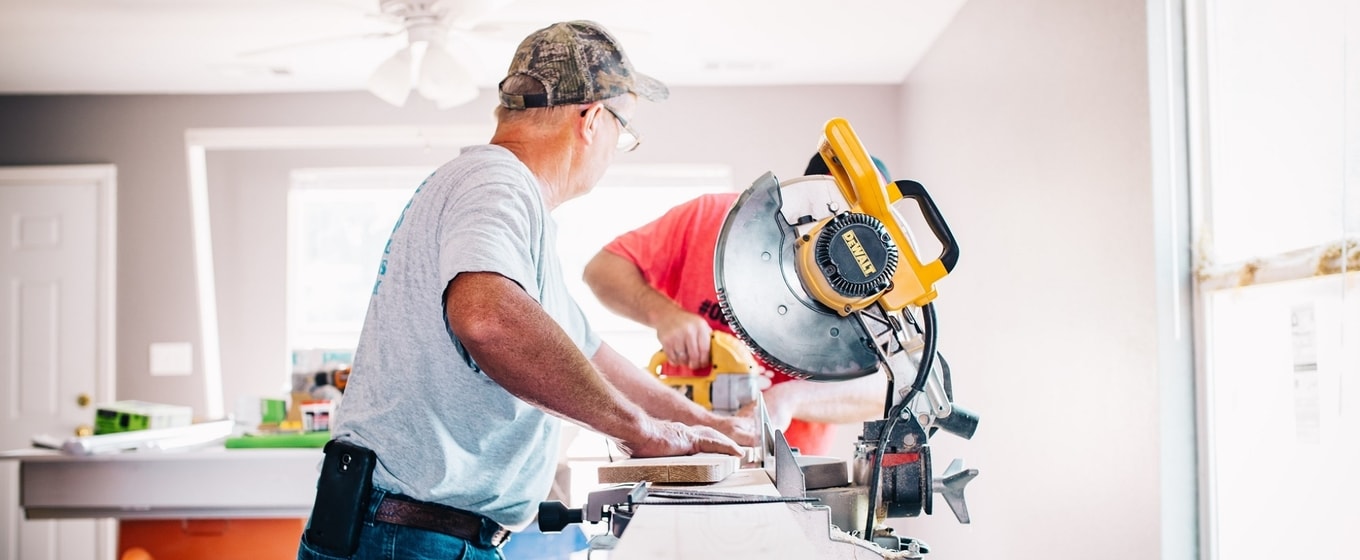Although fake building materials and tools are not as common as rip-off shoes or luxury bags, counterfeits in the construction industry still pose a real threat to health as well as to the reputations and profits of businesses. This lack of awareness means that many construction-sector businesses don’t take the steps needed to protect themselves against counterfeiters. However, for those businesses who manufacture goods with intellectual property rights (IP) such as trademarks, designs and patents, there are plenty of options available to stop fakes from spoiling your supply chain.
The problem with counterfeits in construction
The construction sector in the UK employs more than 2.4 million people and contributes £110 billion to the economy. Despite this, there’s very little data available on black market building materials. This is partly because the statistics on counterfeits, which are tracked by the Organisation for Economic Co-operation and Development (OECD) and the World Intellectual Property Organization (WIPO), focus on industries such as electronics and clothing. This means it’s impossible to understand the true scale of the problem, but we do know from a range of evidence that there’s an issue.
Over the last ten years there have been plenty of examples where fake products have been sold for all the areas of the building trade. One notable case involving fake tools, for example, was the 2012 raids in the UAE, which resulted in the seizure of 150,000 Black & Decker and Stanley products. For materials too, in 2018 the European Anti-Fraud Office reported information which led to the detention of 82 tons of counterfeit steel pipes. In the UK, there have even been fraudulent documents that copied those issued by the Construction Skills Certification Scheme.
Although we don’t have a total figure for what fakes are costing construction firms, the OECD’s general estimate is that 3.3% of global trade is lost to counterfeiting and piracy. When this is put in the context of the UK’s construction industry, this could amount to as much as £3.63 billion.
How IP registrations can help protect your business
Protecting your profits and reputation begins with having IP registrations. This should be one of the first steps for any business; registered trademarks, patents and design rights can help defend you from infringement and abuse. The registrations may be as simple as a logo or company name or as complex as a revolutionary new plastic. Either way, having proof of your ownership on the public register will mean that you have legal recourse to taking action against anyone who copies your ideas, designs or products.
In addition to current needs, businesses should also consider future products and registrations too. It may be the case that at the moment you only sell goods in one country, or that you only manufacture a single product line, but what might this look like in five years? Although you may not need to register these future marks yet, having an advance vision of what your company may grow into will enable you to expand with protections in place. This is especially true if you manufacture products which are likely to be copied in Asian countries, where trademark registrations can take years.
Once you have relevant IP you can register your information with authorities such as UK Border Force and its EU equivalent. This means that if they discover goods which may be questionable, they will have the right contact details for you. If you can provide product information and training, this will also increase the likelihood that officials will be able to tell the difference between genuine and counterfeit goods.
Recent advances in technology now mean that physical products can be protected and tracked by blockchain records and features such as Radio-Frequency Identification (RFID) microchips. It may not be cost-effective for every product but for many manufacturers this combination of data-tracking and tech has been a proactive way of monitoring exactly where their genuine goods are. By making this information publicly available it’s also possible to create simple apps for buyers to quickly determine whether something is genuine or not.
The trade in counterfeits has been massively expanded by e-commerce. Online marketplaces, social media networks and websites all allow the easy and anonymous sale of fake products. If you want to tackle counterfeit goods then online monitoring and enforcement should certainly be considered. In order to deal with the vast number of online listings, specialist monitoring software with AI and image recognition may be necessary. However, although working with an experienced partner to achieve this may be the most effective method of reducing fakes, businesses can still take some of their own actions. It's worth exploring the IP enforcement areas of those websites where your products are most at risk.
As with all business decisions, deciding how to deal with counterfeit products is a question of priorities. The crucial thing to remember is that all businesses, no matter how big or small, can be affected by the problem and should take action to protect themselves, their customers, and the general public.
About the Author
Stijn Kits is a Business Development Manager at Corsearch. Since 2008, the Pointer Brand Protection team, now called Corsearch, have been working with businesses in every sector to protect them from counterfeiting and IP abuse through online monitoring technology and legal expertise.






These cookies are set by a range of social media services that we have added to the site to enable you to share our content with your friends and networks. They are capable of tracking your browser across other sites and building up a profile of your interests. This may impact the content and messages you see on other websites you visit.
If you do not allow these cookies you may not be able to use or see these sharing tools.